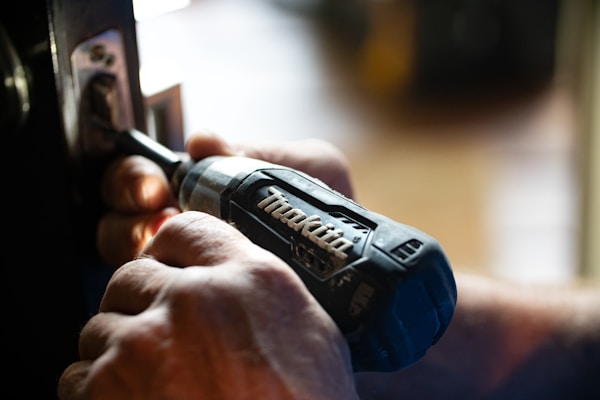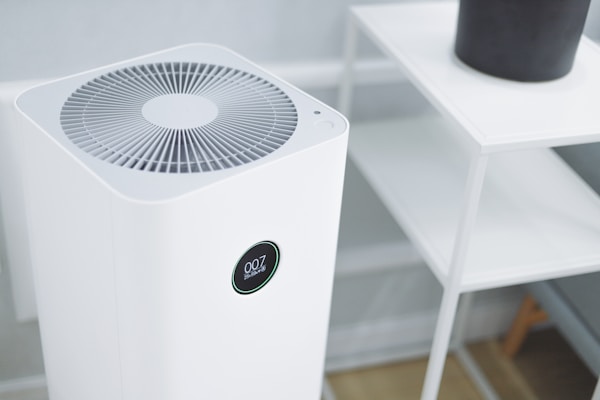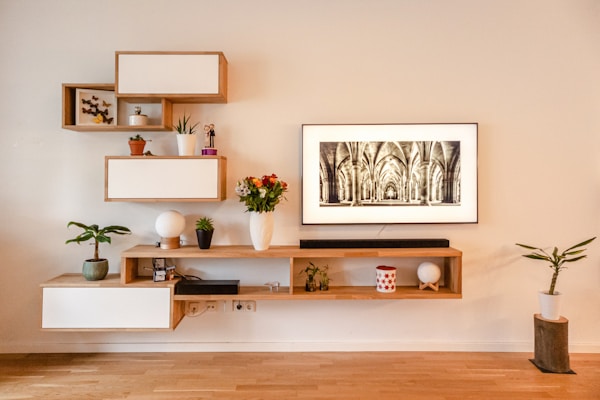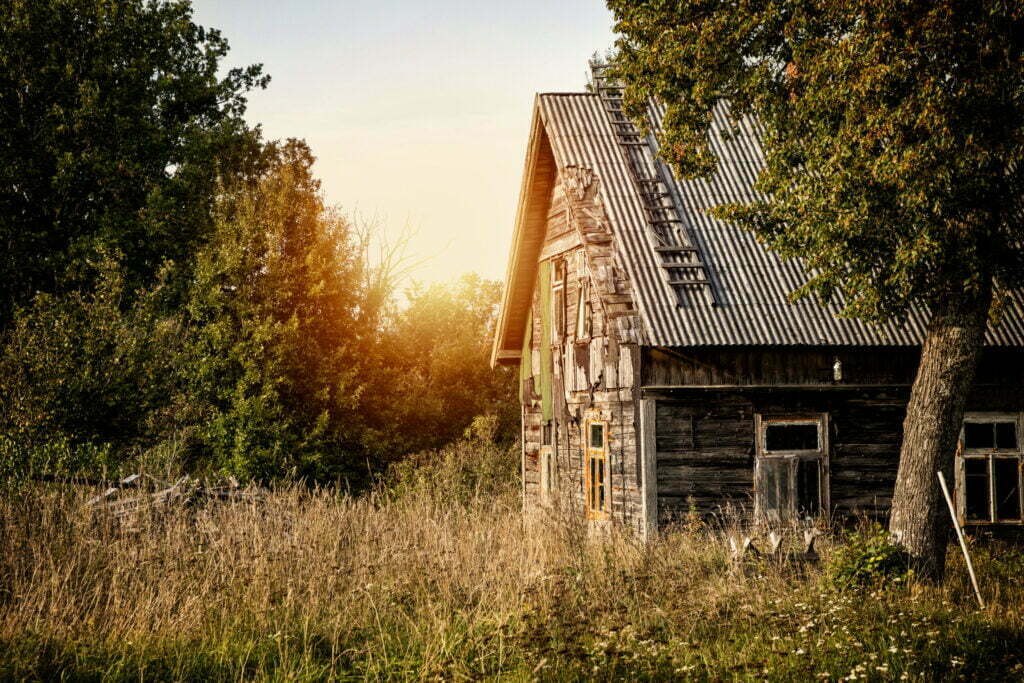There’s no denying that updating an aging home can be a daunting task. Whether you’ve recently purchased an older property or are looking to improve your existing home, a proper plan is needed to ensure the updates are successful and cost-efficient. Fortunately, there are plenty of resources that can assist you in making the right decisions throughout the renovation process. In this article, we’ll discuss some essential steps to follow while updating your home and incorporating modern comforts without losing its charm
Identifying Necessary Repairs and Improvements

Before embarking on any home update, it’s crucial to identify areas that need repair or improvement. Some homeowners prefer to hire professional inspectors for this process. This ensures that all potential issues are identified and prioritized correctly. A Dallas fire extinguisher service, for example, can maintain, inspect, and repair your fire extinguisher to ensure that it is always in good working order. They can check your fire safety equipment monthly so you can be sure your fire protection system is operational.
Once you have a complete list of necessary repairs and improvements, start researching the costs to develop a reasonable budget for your project. Prioritize tasks in sequence to minimize disruptions to your living situation. Some updates, such as updating your home’s insulation, may require a considerable investment upfront but yield savings through reduced utility bills.
Don’t forget about obtaining the required permits and approvals before beginning any significant updates. This will help you avoid potential fines or complications during the home improvement process.
Restoring and Preserving Character

Part of the charm of an older home lies in its character and unique features. When updating your home, focus on preserving the original character of the property while incorporating newer amenities. This may include refinishing original hardwood floors, restoring ornate moldings, or repainting walls and ceilings to their original colors.
Look for opportunities to repurpose and reuse existing materials. For instance, if you’re renovating your kitchen, consider refinishing or reconfiguring the original cabinetry instead of completely replacing it. You can also nvolve an interior designer or an architect with experience working on older homes. They’ll help to ensure that your updates respect the home’s history while appealing to contemporary tastes.
Modernizing Infrastructure and Systems

A critical aspect of updating an aging home is modernizing its infrastructure and systems. This includes the electrical, plumbing, heating, and cooling systems. An outdated electrical system, for example, can pose major safety concerns and limit the home’s functionality. Consider upgrading the electrical systems, adding more outlets, and incorporating energy-efficient lighting.
Similarly, aging HVAC systems can lead to discomfort, inconsistent temperature, and poor air quality. Investing in a new HVAC system and other more efficient appliances can drastically improve your home’s functionality and value. To ensure your heating and cooling systems work efficiently and provide a comfortable living environment, consider enlisting a Clearwater, FL AC repair service or similar professionals in your area for an inspection and upgrade.
While updating these critical systems may be expensive initially, it can meaningfully increase your home’s value and energy efficiency, saving you money in the long run.
Enhancing the Living Spaces

When updating an older home, focus on enhancing the living spaces to cater to your lifestyle. This may include updating the kitchen and bathrooms, creating open-plan living spaces, and adding recreational areas such as a home theater or playroom. When planning these updates, consider the needs of your family and potential future buyers, and balance contemporary trends with timeless design principles.
Increase the accessibility and functionality of your living spaces by incorporating smart home technologies. Consider adding automation for lighting, heating, and cooling, as well as smart security features like video doorbells and surveillance cameras.
Lastly, don’t forget to improve your home’s curb appeal. A well-maintained lawn updated landscaping, and a fresh coat of paint on the exterior can transform your home’s appearance and make it more inviting.
Overall, updating an aging home requires a balance between modernization and preserving certain older features. By identifying necessary repairs, preserving character, updating systems, and enhancing living spaces, homeowners can breathe new life into their old homes while enjoying updated technology and increasing property value. Follow the tips in this article and you’ll have the home you’ve always dreamed of.









